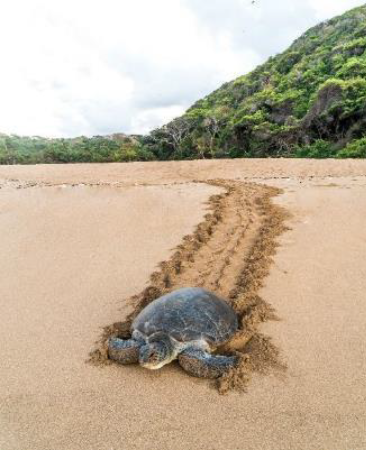Comoros experiences
Where the Indian Ocean Whispers Secrets
of Beauty and Culture.
The Comoros Islands are a small island nation located in the Indian Ocean, between the eastern coast of Africa and Madagascar. The country is made up of three main islands: Grande Comore, Anjouan, and Mohéli. A fourth island, Mayotte, is also part of the same archipelago but is still governed by France, although Comoros claims it as its own.
Comoros became independent from France in 1975, but since then, it has experienced a lot of political instability, including multiple coups. The people of Comoros are mostly Sunni Muslims, and the culture is a rich mix of African, Arab, and French influences. The official languages are Comorian, Arabic, and French.
The islands are volcanic, with Mount Karthala on Grande Comore being one of the largest active volcanoes in the world. Comoros is known for its beautiful beaches, marine life, and fragrant plants like ylang-ylang, which is used in perfumes. Despite its natural beauty, the country faces economic challenges and has limited resources, relying mostly on agriculture, fishing, and money sent from Comorians living abroad.

Key information
Time Zone
The local time in Comoros is always 3 hours ahead of Coordinated Universal Time (UTC+3).
Language
The Comoros has three official languages:
- Comorian (Shikomori) – the main spoken language, with different dialects on each island.
- French – used in government, education, and formal settings.
- Arabic – mainly used in religion and Islamic studies.
Most people speak all three to some degree in daily life.
Religion
Islam is the predominant religion (nearly the entire population is Sunni Muslim).
Currency
The currency of the Comoros Islands is the Comorian franc, abbreviated as KMF.
Symbol: CF or KMF
1 Comorian franc = 100 centimes
It’s pegged to the euro through an agreement with France. Despite being a small economy, the Comorian franc is relatively stable due to this euro link.
Climate
The Comoros Islands have a tropical marine climate, which means it’s generally hot, humid, and rainy, with small temperature variations throughout the year.
Rainy Season: November to April
Hot and humid.
This is also cyclone season (though direct hits are rare).
Temperatures: around 27–32°C (81–90°F).
Dry Season: May to October
Cooler and less humid.
Temperatures: around 23–28°C (73–82°F).
Influenced by the southeast trade winds.
Rainfall
Varies by island and elevation.
Higher elevations (like Mount Karthala) get much more rain.
Coastal areas are drier but still quite lush.
Cyclones
The islands are in a cyclone-prone area of the Indian Ocean.
Most cyclones pass nearby, but occasional ones can impact the islands.
Best Time to Visit?
May to October is the best period for travel—dry, comfortable, and ideal for beaches and diving.
Cuisine, crafts and music
Comorian food blends East African, Arab, and French influences, with lots of spices, coconut milk, and seafood.
Craft traditions are deeply rooted in daily life and Islamic heritage.
Handicrafts include:
- Woven mats and baskets made from palm leaves
- Wood carving, especially decorative doors and furniture
- Pottery and clay cooking pots
- Jewelry from silver and shells
- Traditional clothing like the shiromani (embroidered shawls for women) and kofia (embroidered caps for men)
Comorian music is a beautiful mix of Swahili rhythms, Arab melodies, and African percussion. Music is central to celebrations, like weddings or Grand Mariages, which are major cultural events in Comoros.

![ZEST Travel - Logo [ CMYK ]_Originale](https://zestravel.com/wp-content/uploads/2024/10/ZEST-Travel-Logo-CMYK-_Originale-1536x855.png)